
The Wild West didn’t just shape history; it built a menu that still sticks to our ribs. Cowboys, pioneers, and settlers had to get creative, turning essential, no-frills ingredients into meals that could fuel them through long days on the trail. Here are ten Wild West eats you should know about.
Chili Con Carne
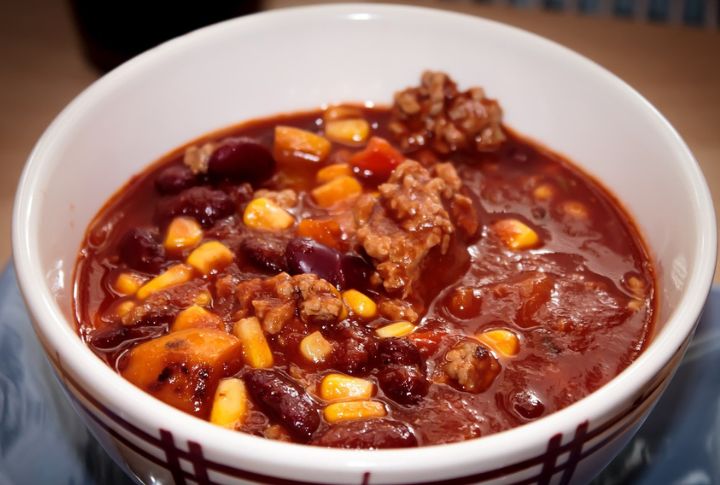
Spicy and a staple on the trail, chili con carne was the ultimate cowboy fuel in the 1800s. With dried beef and fiery chilies, this no-fuss meal simmered in cast-iron pots over open flames, filling bellies after long days in the saddle. Mexican vaqueros added their signature spice blends, and before long, Texas cattle drivers couldn’t get enough.
Sourdough Bread

With no grocery stores or commercial yeast in sight, pioneers, cowboys, and gold miners had to get creative. Their secret? A bubbling, living sourdough starter, carefully nurtured like a treasured possession. This wild-fermented dough produced tangy, chewy loaves that lasted weeks on rugged trails.
Jerky
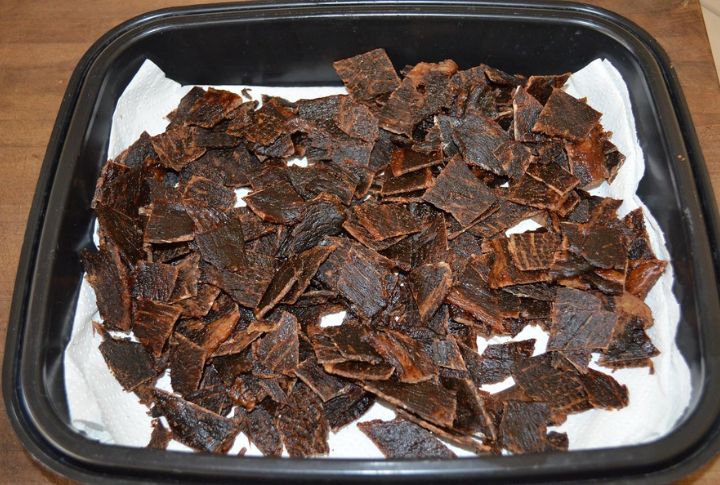
Dried meat was a necessity for cowboys and explorers covering long distances. Inspired by Indigenous preservation methods, jerky provided protein-rich sustenance without refrigeration. Strips of beef or buffalo were dried in the sun or smoked to ensure they lasted for months. Because they were lightweight and easy to carry, jerky became a trail essential.
Frybread
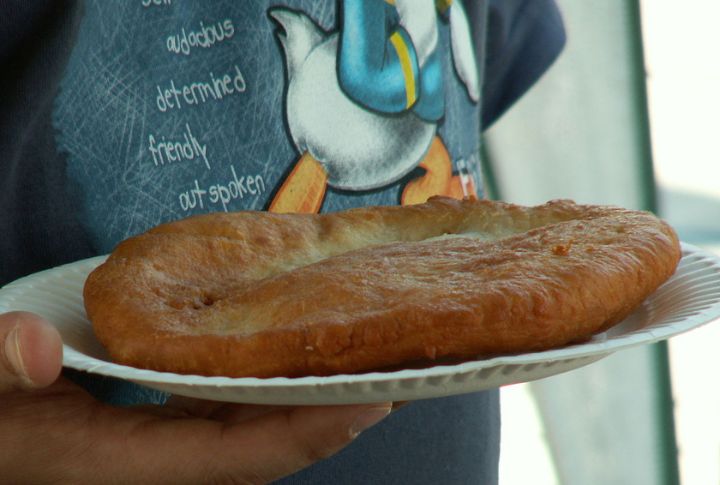
What happens when survival meets ingenuity? Frybread was born. When Native Americans were compelled to relocate to reservations in the 1860s, they were given government-issued rations—flour, salt, water, and lard—but little else. From these humble ingredients, they created crispy, golden frybread, a dish that became a symbol of resilience and cultural identity.
Sonofabitch Stew
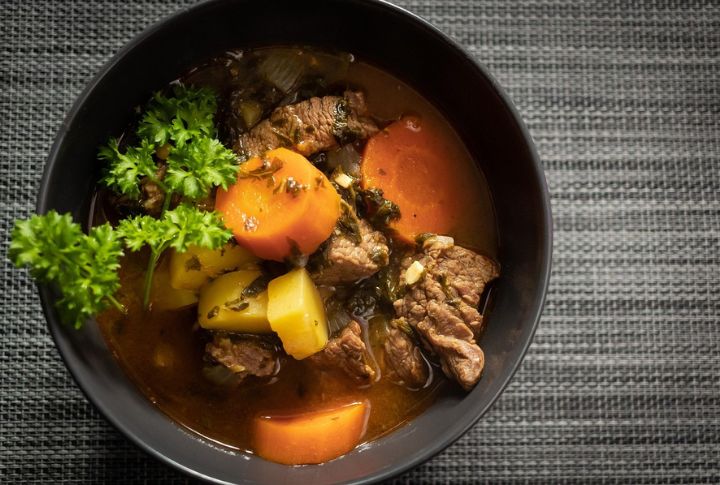
Nothing went to waste on the range, including organ meats. Cowboys used beef heart and marrow gut to create this rich, flavorful stew, often cooked in a cast-iron pot over a campfire. This dish was popular on cattle drives and ranches where butchering a whole steer meant using every part of the animal.
Sarsaparilla
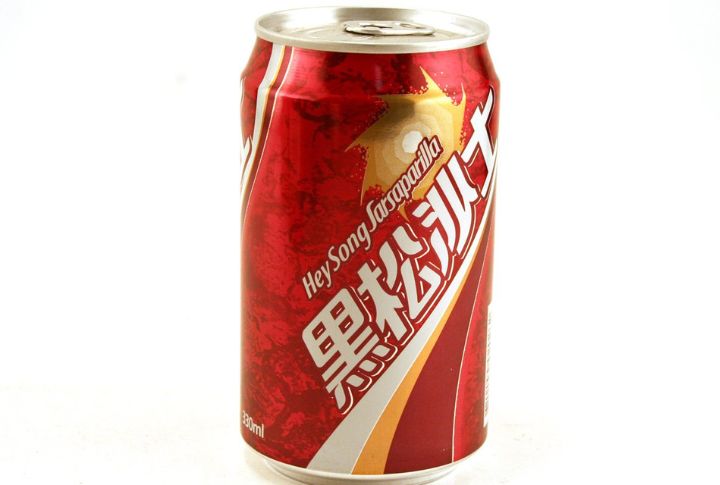
Before soda fountains, sarsaparilla was a popular saloon drink. Made from the sarsaparilla root, it was believed to have medicinal properties. It was often marketed as a cure for joint pain and poor digestion. Cowboys and outlaws enjoyed this sweet, slightly spiced beverage, making it the Wild West’s version of a soft drink.
Vinegar Pie
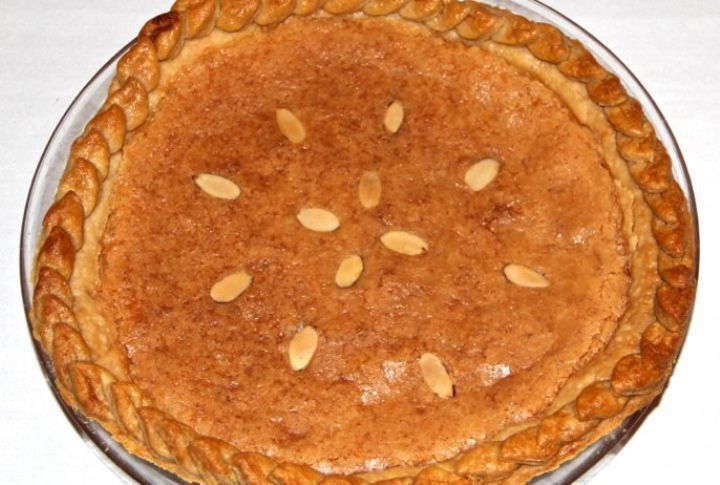
With fresh fruit scarce on the frontier, pioneers created vinegar pie, a dessert that mimicked the tartness of apples or lemons. A mixture of vinegar, sugar, eggs, and butter produced a tangy-sweet custard that became a staple in pioneer homesteads and chuckwagon kitchens. It is sometimes called “desperation pie.”
Cowboy Beans

The cowboys needed energy for long days on the trail. And slow-cooked pinto beans with bacon, molasses, and spices provided a protein-packed, stick-to-your-ribs meal that was easy to make over a fire. Often called “cowboy beans” or “trail beans,” this food was a staple on cattle drives, as dried beans were easy to store and lasted for months.
Hardtack

Hard as a rock and nearly indestructible, hardtack was the survival food of soldiers and miners. Made from flour, water, and salt, this dense, cracker-like bread could last for years without spoiling. The hardtack was notoriously tough and required soaking in coffee or stew to be edible, earning it the nickname “tooth-dullers.”
Skunk Meat

Pioneers and fur trappers weren’t picky when food was scarce. Skunk meat, though an acquired taste, was eaten when survival required it, especially in the harsh winters of the frontier. Cooked properly, it resembled rabbit or squirrel, but only if the scent glands were carefully removed first—a mistake that could ruin the entire meal.
Leave a comment